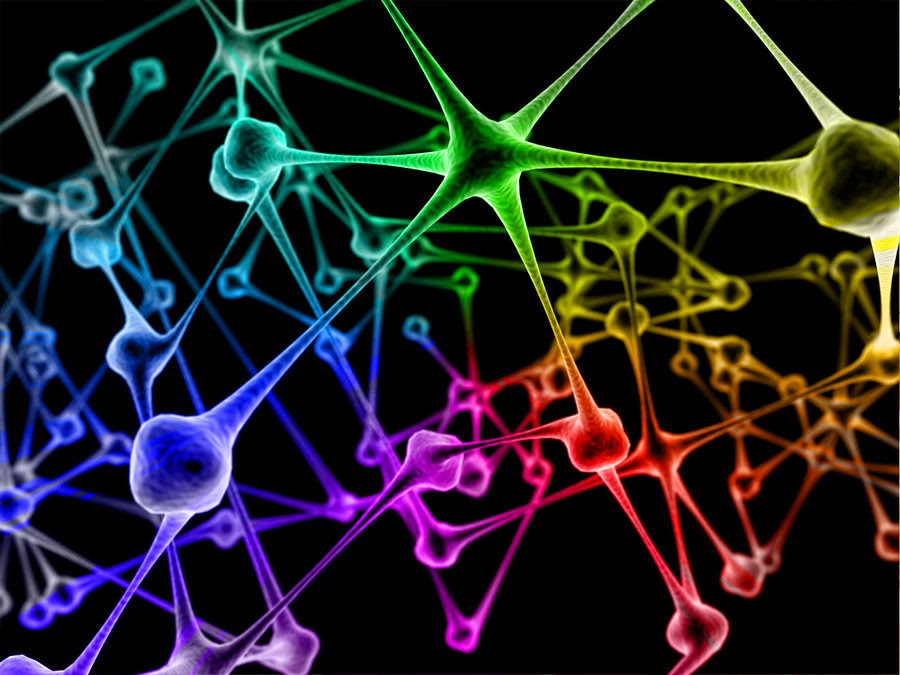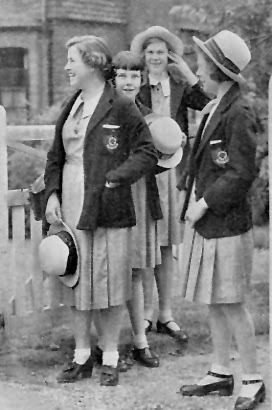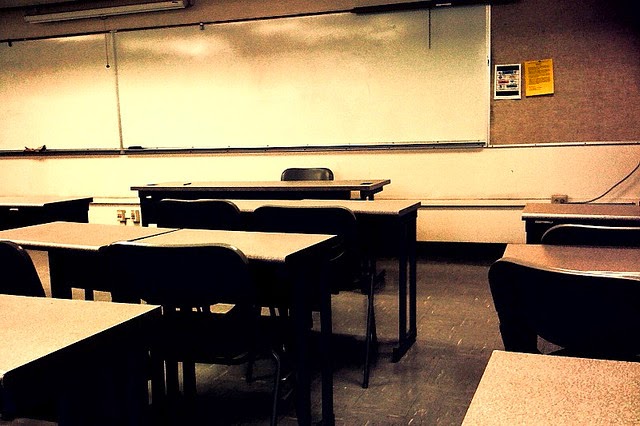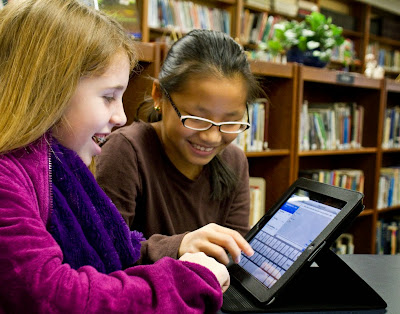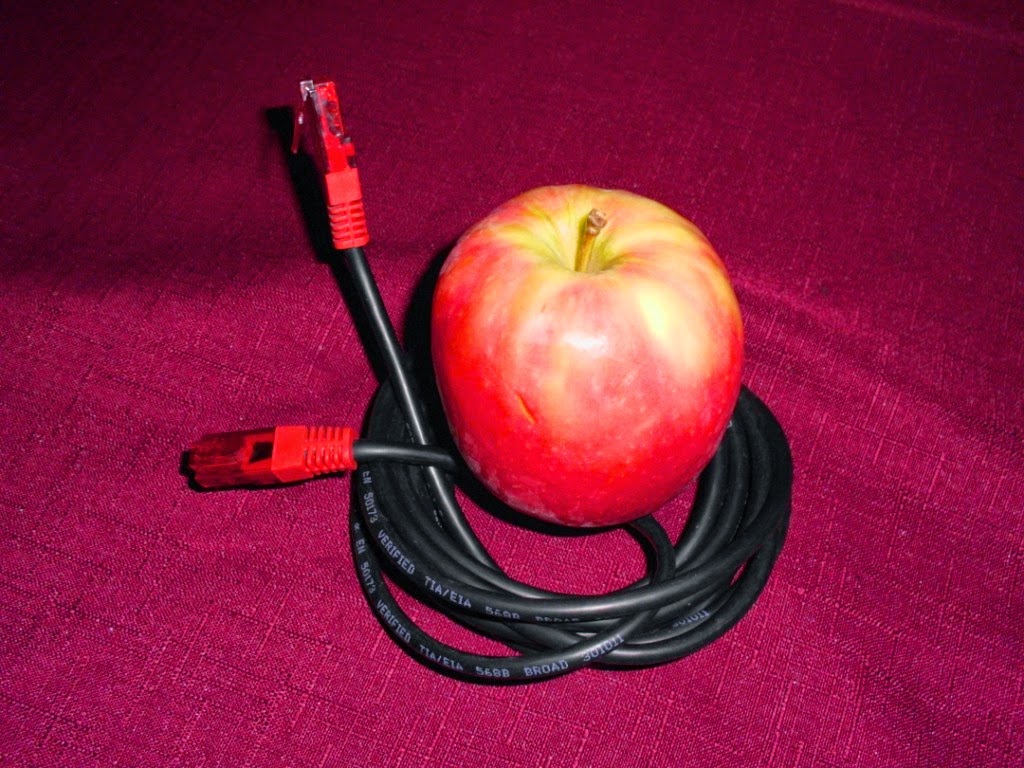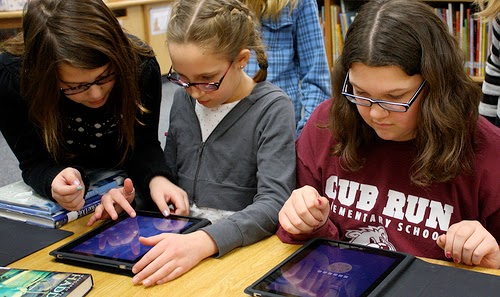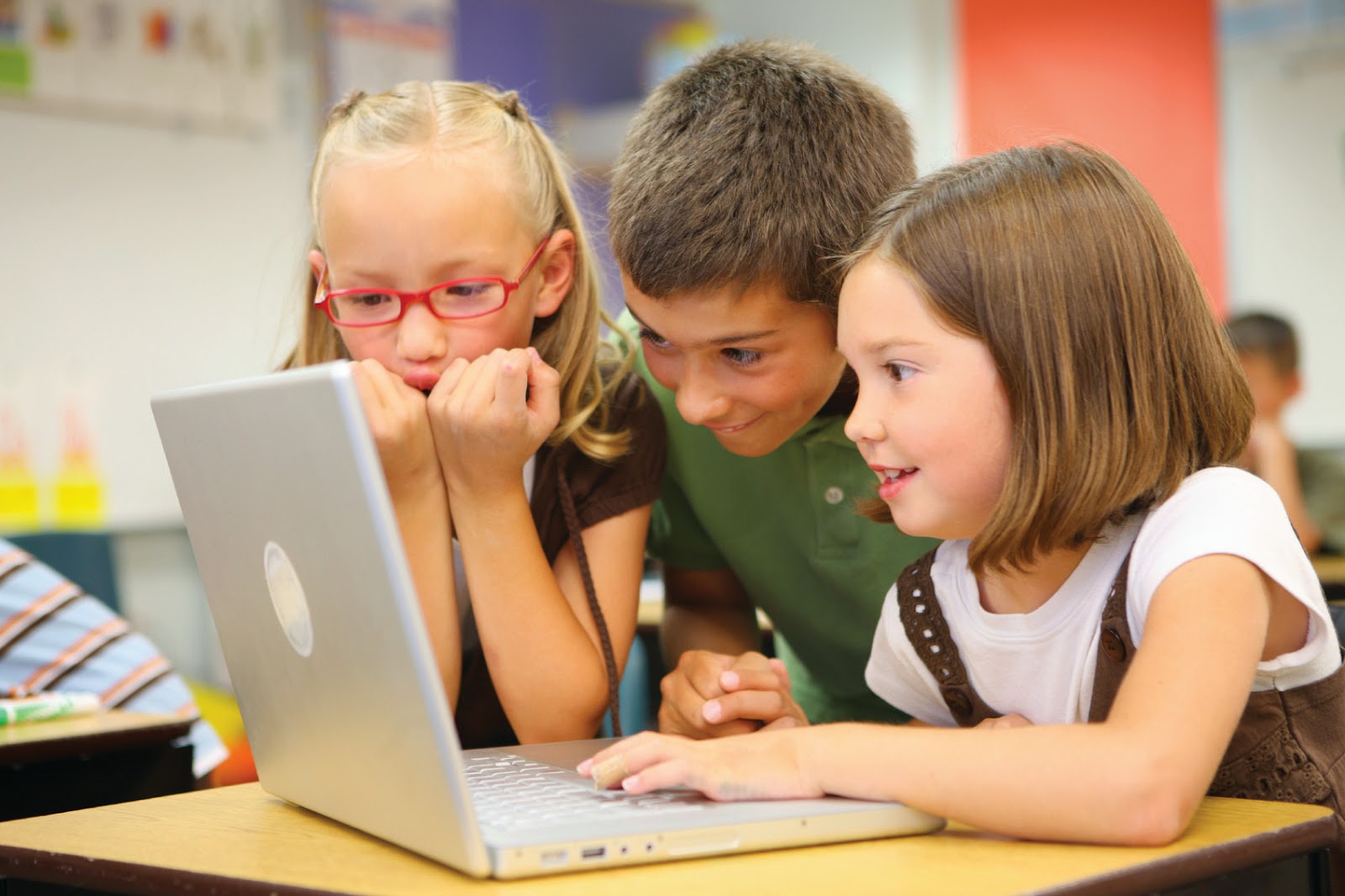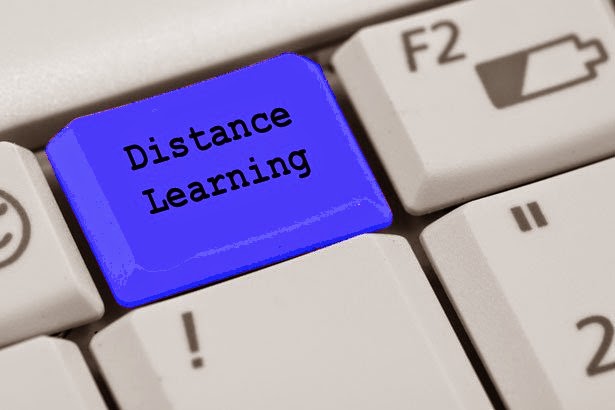
In a formal sense, distance learning has been a familiar concept since at least 1837, when Sir Isaac Pitman began teaching his shorthand system using typed instruction cards mailed through the
universal Penny Postal service to his students across England. Students returned the cards containing their answers for marking via the same affordable postal system in what eventually became known as correspondence courses. Some would say formal distance education was established much earlier in the Americas. Arguably, the concept of distance education via correspondence may have its roots in earlier attempts at remote instruction when the Apostle Paul sent out letters (or epistles) via courier to the early Christian church from his prison cell in Rome. Earlier still, were the cave paintings of early man a primitive form of distance education? They were surely an asynchronous form of instruction, a sort of same place - different time learning.
By comparison, in its technology supported multiple formats, contemporary distance education is much more sophisticated. We have come a long way. The illustrious history of teaching students at a distance has embraced each new technology as it appeared, from printed text, through telephone, radio and television, CDs and videos cassettes, to modern day, digital age technologies such as mobile phones, the internet and direct satellite broadcasting. Teaching
en masse has emerged as a significant trend because of a lessening need to create co-present learning environments such as classrooms and lecture halls. From the University of South Africa and the
British Open University in the sixties to modern mega-universities, virtual universities and even Massive Online Open Courses (MOOCs), the massification of education at a distance has progressively advanced as technology gives the impetus.
We can look back and take stock. Now it seems, physical separation is no longer such a great barrier to learning, and the tyranny of distance appears to be finally broken. Learning in any mode, in any place and at any time is accessible to anyone with the means to access it. Does this mean that the term 'distance education' has had its day? Does it require a new term to describe what we see and experience when we engage in learning using technology? Certainly these questions have been raised many times in the last few years, and once again featured, this time as a topic of conversation at a recent Twitter based #EDENChat.
#EDENChat is organised by EDEN's Network of Academics and Professionals and is an open chat on Twitter that regularly tackles topical issues in distance education, e-learning and technology supported learning. The topic for the recent chat was the future of distance education, and many educators joined in the global conversation, spanning New Zealand to the Americas. The exchanges of that conversation can be found archived by Storify on the main EDEN website.
Central to this present debate was the preoccupation of humankind to name things in order to understand them better. 'Name it and you tame it', goes the old aphorism. The term distance education was originally employed to describe the transactions that occurred when teacher and their students interacted with each other and with content over geographical space. Whichever way we regard it, distance education in all its forms has always relied on the mediating factor of technology. Might it be that the very act of learning while separated from others by geographical space is being submerged, stifled, lost in the milieu of our technology rich societies? As such, is distance education losing its purchase on our collective consciousness? Time and technology are indeed moving onwards at an ever increasing pace.
The word 'education' may also be an exclusive term, connoting formal affiliation with an academic institution, and thus inappropriate as a description for a lot of learning activity. With the advent of
personal learning networks (PLNs) and social media, people everywhere are now able to learn more or less informally without any connection to university or college. There has been a dramatic shift in the last decade. Knowledge is no longer the preserve of the elite organisations, and has been slipping through their fingers for some time. More often than not in today's knowledge economy, your learning is likely to be found and propagated through your PLN. It is now possible to find content on just about any subject under the sun, simply by searching and finding it on the Web. If you are not actively searching for this content, it may be recommended to you by members of your PLN. Much of this content is free and requires little more than time and concerted effort on the part of the learner to master it. Does this mean that the university is obsolete? Far from it. The campus based university, and virtual versions of it are burgeoning as more and more people demand a formal degree level qualification. But many more are learning informally, on a daily basis, as access to the web through personal connected technologies increases. So what are we to make of distance education against the backdrop of this terrain?
The field is now replete with alternative terms that attempt to describe what we do when we learn with technology. Blended learning describes a mix of technology supported and face to face learning. It used to be called 'dual mode' learning, but this term never really caught on. Perhaps this indicates the future of the term 'distance education' which has had significantly longer to embed itself in our collective understanding of what it entails. Other terms have also been introduced: One controversial term -
e-Learning - was coined to describe electronic versions of learning, essentially the same thing. m-Learning, or mobile learning focused on the use of personal technologies. Virtual learning and online learning promised similar outcomes - learning in any place and at any time. There was also
open learning, a version of education that developed alongside the philosophy of the distance education delivered by many institutions - the provision of quality learning opportunities for anyone regardless of their previous experience or qualifications. The nomenclature of technology supported learning multiplied as the years progressed. And yet the term distance education persisted, living on in the many journals and other scholarly publications that dedicated themselves to furthering its academic scope, in the many organisations including EDEN that emerged toward the end of the last century, and in multiple events around the world that celebrated excellence in its practice.
Several decades ago, we started to discuss other aspects of distance - the temporal separation of teachers and students and how this could be bridged, overcome. The transactional distance, or the
psychological gap between teachers' intentions and students' expectations also received its fair share of attention. We began to realise that different technologies afforded different outcomes, depending on how they were deployed. New models of distance education were formulated, many tested out in real conditions with literally hundreds of thousands of students as the participants in the research. The name persisted, but still the questions continued to be voiced: is distance education now anachronistic? Do we still need the term to describe what is now occurring in education with technology? Should we now focus on learning, because distance is no longer a problem?
No doubt the discussion and debate will continue around the future of distance education and the nomenclature that describes it. As long as technology is used to mediate communication between students and their teachers there will always be distance learning. The extent to which it is 'blended' will depend on the extent to which students can actually be co-present with subject experts such as teachers. The term 'distance education' may well be anachronistic in the digital age. However, the practice of learning remotely from the parent organisation will gather pace, and although the name may ultimately fade, the human race will continue to push the boundaries of what is possible with learning and communicating using technology. We are gazing into a very exciting future.
Photo by
Marina Shemesh on Flickr

The persistence of distance (learning)
by Steve Wheeler is licensed under a Creative Commons Attribution-NonCommercial-ShareAlike 3.0 Unported License.


